I have purchased some cheap quadrature incremental encoders (YUMO E6A2-CW3C) for which I have found "a" data-sheet here. Now based on my limited knowledge the quadrature incremental encoders are conceptually two switches. on the encoder itself, there is a color coding as:

- Brown: 5 to 12 VDC --> this I suppose I should connect to 5V
- Blue: OV(COMMON) --> this I think should be ground?
- shield: GND --> this is also ground?
- Black: OUT A --> this I think is the first phase/channel
- White: OUT B --> and this should be the second phase/channel
but there is an orange wire which according to the above data-sheet is channel Z, but I have no idea what it is for.

now what I expect to see is if I connect the output of channel A or B to some LEDs it should blink when I rotate the encoder:

simulate this circuit – Schematic created using CircuitLab
However, what I see is those LEDs are on all the time. I measured the resistance between the pins using a multimeter:
| | Brown | Black | White | Blue | Orange |
|:------:|:-----:|:-----:|:-----:|:-----:|:------:|
| Brown | ----- | ----- | ----- | ----- | ----- |
| Black | 1.4M | ----- | ----- | ----- | ----- |
| White | 1.4M | ----- | ----- | ----- | ----- |
| Blue | 0.6M | ----- | ----- | ----- | ----- |
| Orange | 1.4M | ----- | ----- | 0.7M | ----- |
and the resistance doesn't seem to change by rotation. Now I want to know if my encoder is broken or am I making a mistake here? plus what the heck is the orange one?

